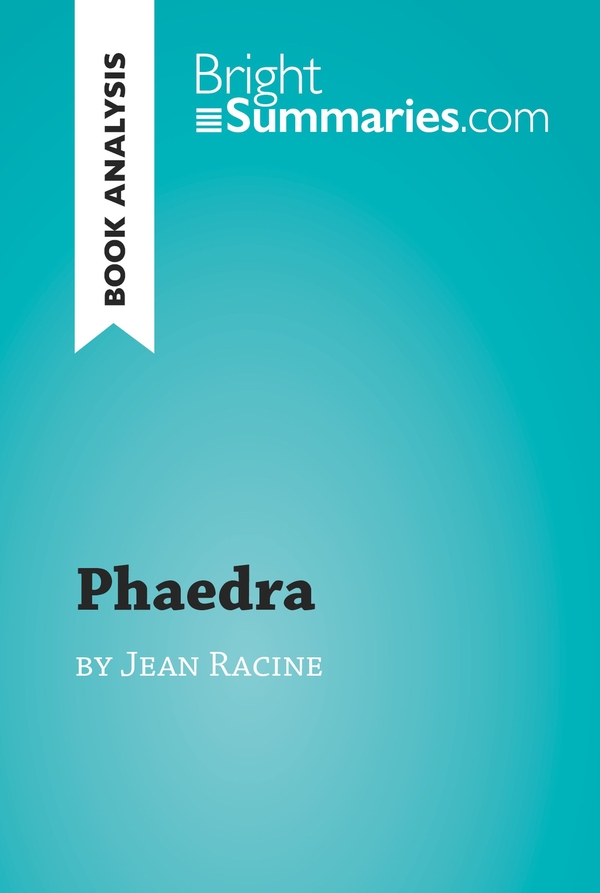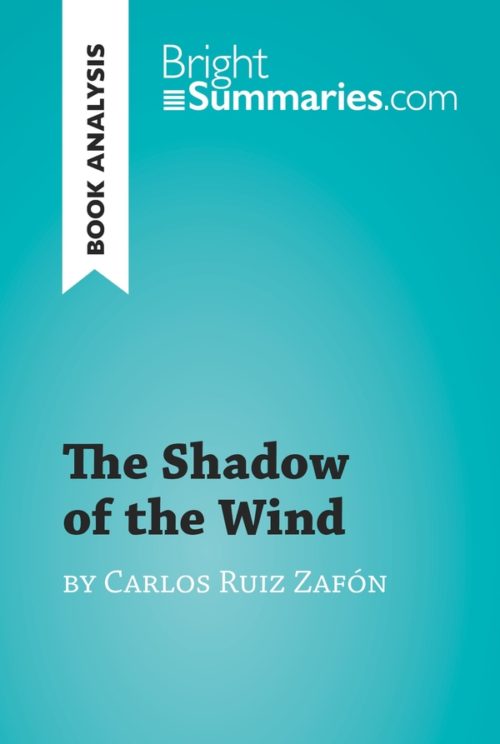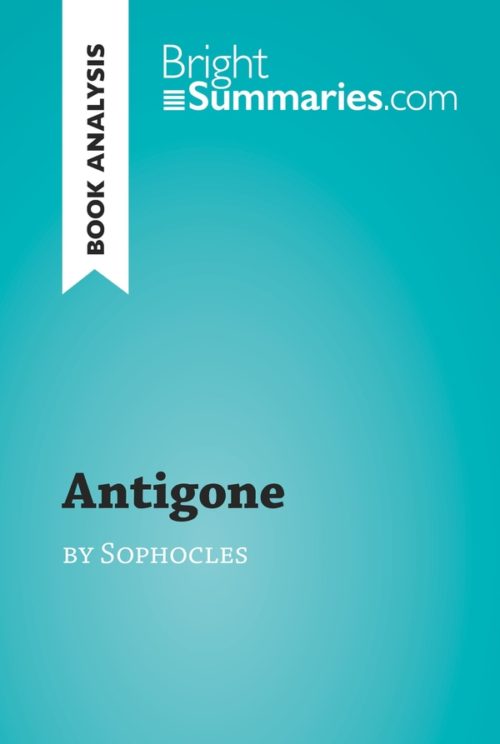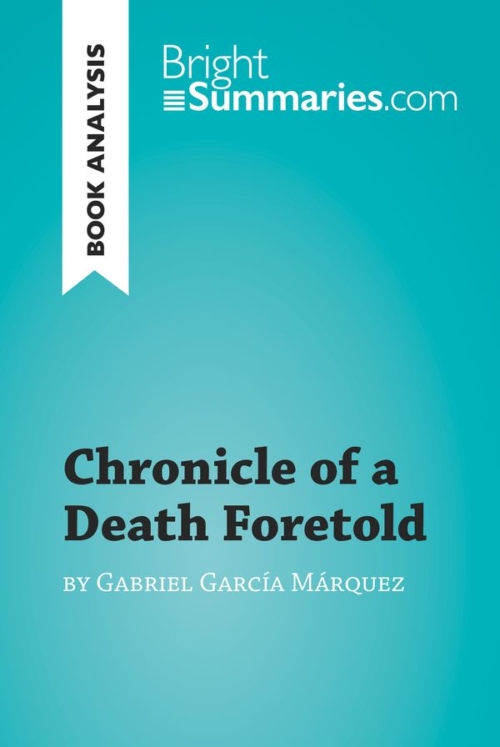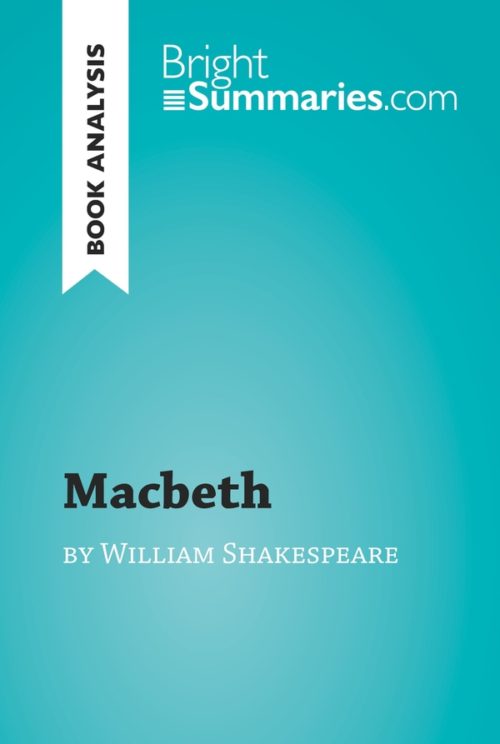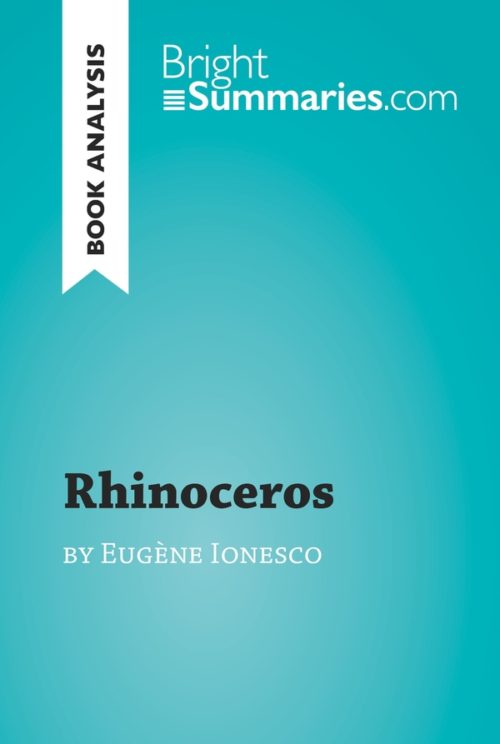Phaedra by Jean Racine (Book Analysis)
Phaedra by Jean Racine (Book Analysis)
Detailed Summary, Analysis and Reading Guide
Read more
This practical and insightful reading guide offers a complete summary and analysis of Phaedra by Jean Racine. It provides a thorough exploration of the play’s plot, characters and main themes, including passion and incest. The clear and concise style makes for easy understanding, providing the perfect opportunity to improve your literary knowledge in no time.
This clear and detailed 22-page reading guide is structured as follows:
- Biography of Jean Racine
- Presentation of Phaedra
- Summary of Phaedra
- Character study
- Phaedra
- Hippolytus and Aricia
- Oenone
- Theseus
- Analysis of Phaedra
- A classical tragedy
- The confession
- Order and transgression
- Passion
About Phaedra
Phaedra, one of Jean Racine’s most famous plays, was first performed in 1677. It tells the story of the incestuous love of the Greek mythological character Phaedra for her husband’s son, Hippolytus. However, this love is not reciprocated, and Phaedra reacts badly, setting off a chain of events which lead to a tragic end.
Phaedra was originally written in verse, although this was changed in the English translation. The play is a crucial example of classical tragedy.
About Jean Racine
Jean Racine was a 17th-century French dramatist who was one of the leading figures of classical tragedy. He was orphaned when he was just three years old and was taken in by his grandparents. He was expected to study law, but turned towards a more artistic lifestyle and began to become involved in the world of theatre. He is known most of all for his 11 tragedies, many of which were inspired by history or mythology, such as Andromaque.
Racine’s plays were very successful, but he was quickly forced to face up to allegations that his works were having a negative influence on the minds of his audience. He eventually retired from public life, possibly partly due to a court scandal in which he was involved in 1679. He died in 1699.
Product details
| ISBN | 9782806270344 |
|---|---|
| Publisher | Plurilingua Publishing |
| Collection | BrightSummaries.com |
| Format | |
| Pages | 23 |
| File size | 1.3 MB |

